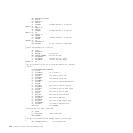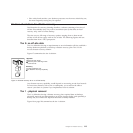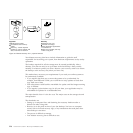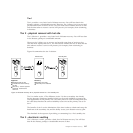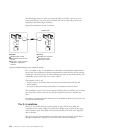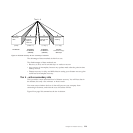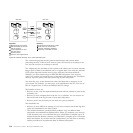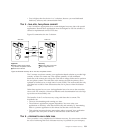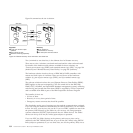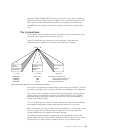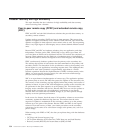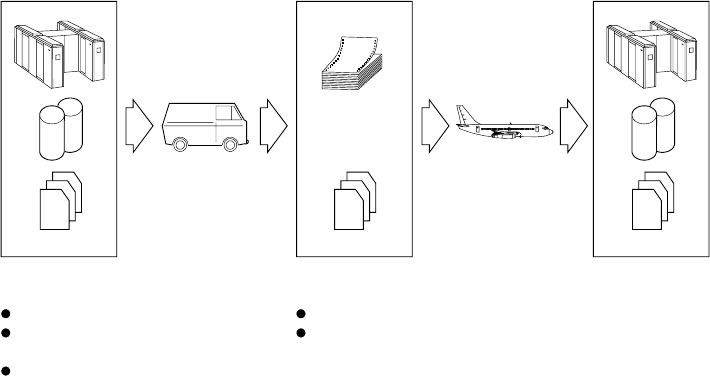
Tier 1
Tier 1 provides a very basic level of disaster recovery. You will lose data in the
disaster, perhaps a considerable amount. However, tier 1 allows you to recover and
provide some form of service at low cost. You must assess whether the loss of data
and the time taken to restore a service will prevent your company from continuing
in business.
Tier 2 - physical removal with hot site
Tier 2, like tier 1, provides a very basic level of disaster recovery. You will lose data
in the disaster, perhaps a considerable amount.
However, tier 2 allows you to recover and provide some form of service at low
cost and more rapidly than tier 1. You must assess whether the loss of data and the
time taken to restore a service will prevent your company from continuing in
business.
Figure 19 summarizes the tier 2 solution.
Tier 2 is similar to tier 1. The difference in tier 2 is that a secondary site already
has the necessary hardware installed, which can be made available to support the
vital applications of the primary site. The same process is used to backup and store
the vital data; therefore the same availability issues exist at the primary site as for
tier 1.
The benefits of tier 2 are the elimination of the time it takes to obtain and setup the
hardware at the secondary site, and the ability to test your disaster recovery plan.
The drawback is the expense of providing, or contracting for, a ‘hot’ standby site.
Tier 3 - electronic vaulting
Tier 3, like tiers 1 and 2, provides a basic level of disaster recovery. You will lose
data in the disaster, perhaps a considerable amount of data.
Approach
Backups kept off-site
Procedures and inventory
off-site
Recovery - restore system
and data, reconnect to
network
Recovery
Standby site costs
Recovery time reduced
Warehouse Standby Site
Figure 19. Disaster recovery tier 2: physical removal to a ‘hot’ standby site
Chapter 19. Disaster recovery 227




